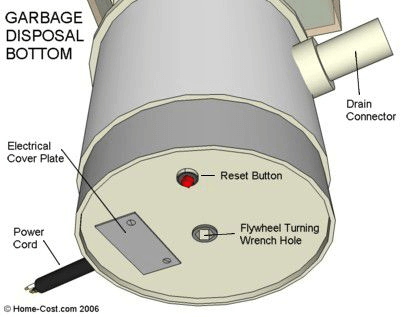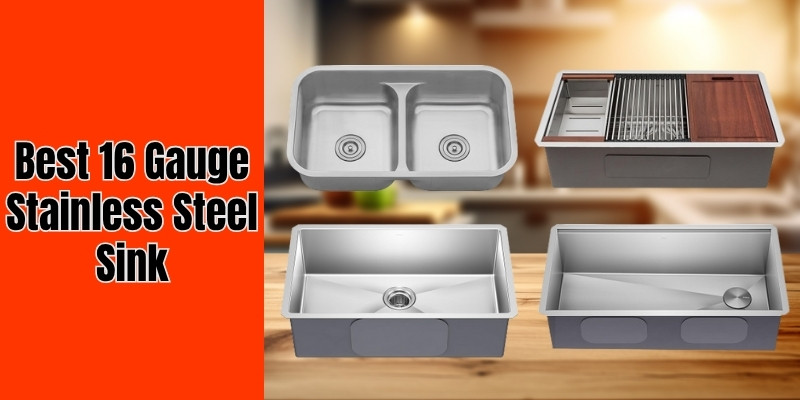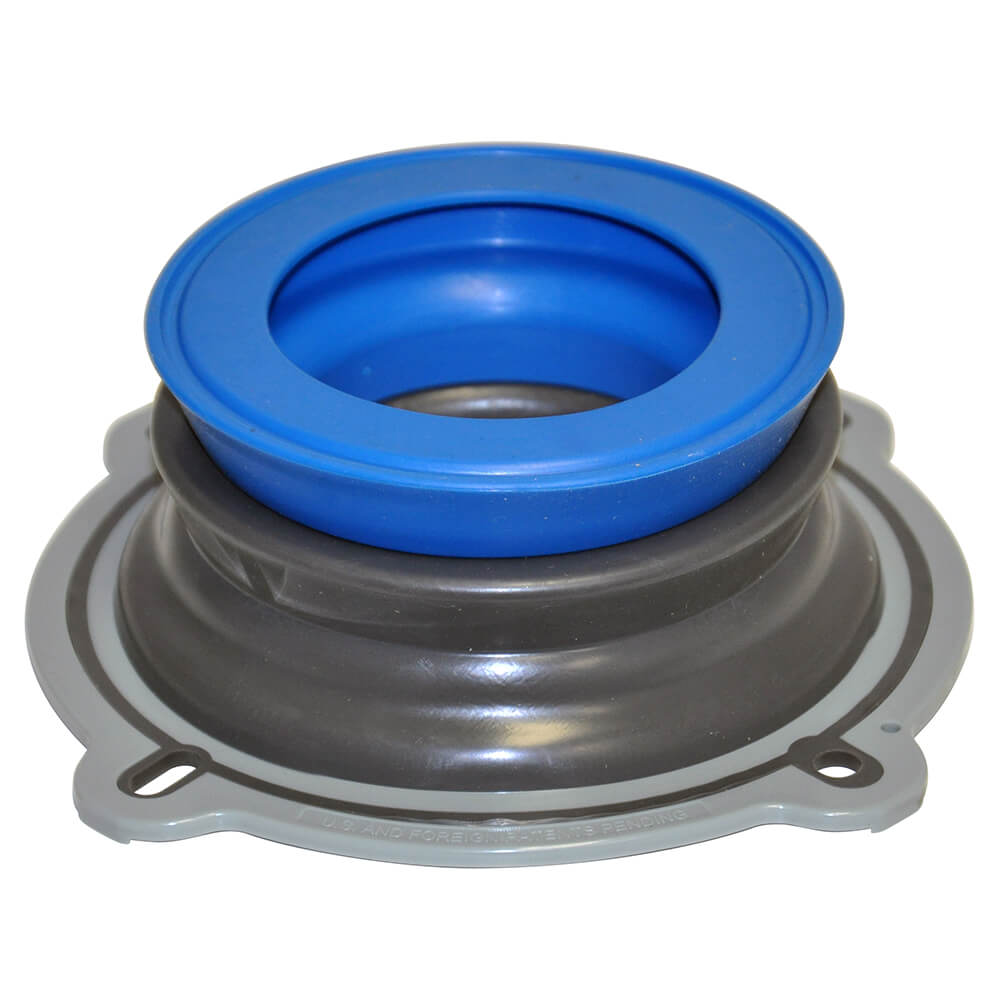Disclosure: This post contains affiliate links and I will be compensated if you make a purchase after clicking through my links. Learn More
When your garbage disposal suddenly refuses to turn on, it can be frustrating and inconvenient. You rely on it to keep your kitchen clean and free of food waste, and now it’s acting up.
But before you start worrying about costly repairs or replacements, there are simple steps you can try to fix it yourself. Imagine the satisfaction of hearing that familiar hum again without calling a professional. You’ll save money, gain a sense of accomplishment, and restore your kitchen’s functionality in no time.
Ready to dive in and solve the mystery of the silent garbage disposal? Let’s get started, and you’ll have it running smoothly before you know it.

Credit: www.herrmannservices.com
Common Reasons For Failure
Garbage disposals are convenient kitchen appliances. Sometimes, they fail to turn on. Understanding common reasons for failure helps solve the problem quickly. Many factors can cause a garbage disposal to malfunction.
Power Supply Issues
The most common reason is power supply problems. Check if the disposal is plugged in properly. Ensure the outlet has power. Test it with another device. Look at the circuit breaker in your home. Reset it if needed.
Overloaded Motor
Another reason is an overloaded motor. Disposals have a reset button on the bottom. Press this button to reset the motor. This usually solves the problem. Avoid putting hard items down the disposal. They can overload the motor easily.
Faulty Switch
A faulty switch can prevent the disposal from turning on. Examine the switch for visible damage. Replace it if it’s broken. Consult a professional if you’re unsure about replacing it.
Jammed Blades
Blades can get jammed by foreign objects. This stops the disposal from working. Use a flashlight to inspect the disposal. Remove any obstructions carefully. Use pliers to extract any items. Ensure the disposal is off before doing this.
Worn-out Components
Old or worn-out components can lead to failure. Over time, parts deteriorate and stop functioning. Regular maintenance can prevent this issue. Consider replacing parts with new ones. This can extend the life of your disposal.

Credit: www.herrmannservices.com
Checking Power Supply
When your garbage disposal won’t turn on, the first step is checking the power supply. This simple check can reveal if the issue is electrical. Without power, even the best garbage disposal can’t function. Let’s dive into inspecting the power supply. This involves two main areas: the power cord and the outlet functionality.
Inspecting Power Cord
First, ensure the power cord is securely plugged in. A loose plug can stop the disposal from turning on. Check the cord for any visible damage. Cuts or frays can disrupt the power supply. Replace the cord if it’s damaged. Safety first!
Testing Outlet Functionality
Next, test if the outlet is working. Plug another device into the same outlet. A lamp or a phone charger works well. If the device doesn’t power on, the outlet may be faulty. Reset any tripped circuit breakers. Ensure the outlet is not a GFCI. If it is, press the reset button.
Resetting The Disposal Unit
Sometimes, a garbage disposal doesn’t turn on due to a simple issue. The reset button can solve many problems. This process is straightforward. But it requires care and attention. Resetting the disposal unit can restore its function. It ensures your kitchen runs smoothly again.
Locating The Reset Button
The reset button is usually at the bottom of the unit. It’s small and red. You might need a flashlight to see it clearly. Before you start, ensure the disposal is off. This keeps you safe during the process. Once you find the button, you’re halfway there.
Steps To Reset Safely
First, turn off the power to the disposal. Unplug it from the outlet. This step prevents accidents. Next, press the reset button firmly. Hold it for a few seconds. You might hear a click. That’s a good sign. After releasing the button, reconnect the power.
Finally, test the disposal. Turn it on to see if it works. If it doesn’t, there might be another issue. But often, a reset is all it takes. This simple fix can save time and money.
Clearing Blockages
Garbage disposals can stop working due to blockages. These blockages often lead to the disposal not turning on. Understanding how to clear these blockages can restore functionality. This section will guide you through simple methods to clear blockages.
Using A Hex Wrench
The hex wrench is a simple tool that can help. Find the small hole beneath the disposal unit. Insert the hex wrench into this hole. Turn the wrench back and forth to free the blockage. This motion can dislodge stuck debris. It can restore movement inside the disposal.
Manual Rotation Techniques
Manual rotation can also help clear blockages. First, ensure the disposal is off. Use a long wooden spoon or stick. Insert it into the disposal chamber. Gently rotate the blades manually. This can help remove small jams. It is a safe and effective method.
Inspecting Internal Components
Examining the disposal’s internal components can reveal issues like a jammed flywheel or a faulty reset button. Discovering these problems helps in addressing the garbage disposal that won’t turn on. Simple checks can often resolve the issue without needing professional help.
When your garbage disposal won’t turn on, it can feel like a small kitchen crisis. But before you call a professional, you might want to inspect the internal components. Often, the solution is simpler than you think. Dive into the inner workings of your garbage disposal and you might just find the issue.
Examining The Flywheel
The flywheel is a crucial part of your garbage disposal. It’s responsible for spinning the blades that grind food waste. To check the flywheel, make sure the disposal is off and unplugged. Use a flashlight to look inside the disposal. You may see a small hole at the bottom of the unit.
Insert an Allen wrench into this hole and turn it. If it moves freely, the flywheel is not jammed. If it’s stuck, you might need to apply a bit more force to dislodge it.
Checking For Jammed Parts
Sometimes, a small object can jam the disposal. This can prevent it from turning on. With the power off, use tongs to carefully remove any visible debris. Be cautious—never use your hands to reach inside the disposal. Once cleared, try turning the disposal on. Does it work now? If not, repeat the process to ensure nothing is missed.
Reflect on the last time you fixed something yourself. Wasn’t it satisfying? Tackling your garbage disposal issue can give you that same sense of accomplishment. Plus, understanding your kitchen appliances better can prevent future hassles. Is there a small object hidden in your disposal that could be the culprit? You might just surprise yourself with your newfound DIY skills.

Credit: www.youtube.com
Replacing Faulty Parts
Garbage disposals are essential kitchen appliances. But they can sometimes stop working. If your garbage disposal won’t turn on, replacing faulty parts might help. This process can seem daunting. But with the right guidance, it’s manageable. Let’s explore how to identify and replace these parts safely.
Identifying Parts To Replace
First, check for visible damage. Inspect the power cord and switch. Also, examine the flywheel and impellers. These components often cause issues. Listen for unusual sounds. Grinding or humming noises might indicate a problem. A thorough inspection helps pinpoint the faulty part.
Guidelines For Safe Replacement
Safety is crucial during replacement. Always disconnect the power before starting. Use proper tools. A screwdriver and wrench are often needed. Follow the manufacturer’s instructions. Wear gloves to protect your hands. Double-check connections before restoring power. This ensures your safety and the appliance’s functionality.
Preventive Maintenance Tips
Fixing a garbage disposal that won’t turn on involves checking the power source first. Reset the unit using the reset button under the disposal. Ensure the circuit breaker hasn’t tripped, and inspect for any jams in the blades. Regular maintenance prevents future issues.
Preventive maintenance is key to ensuring your garbage disposal functions smoothly and lasts longer. Simple practices can prevent frustrating malfunctions, like the unit not turning on. By being proactive, you can save yourself time, money, and the headache of repairs. Let’s dive into some practical tips that can make a real difference.
Regular Cleaning Practices
Keeping your garbage disposal clean is crucial for its longevity. Regularly cleaning your disposal not only prevents odors but also avoids clogs and stuck blades. A simple mix of baking soda and vinegar can do wonders. Pour half a cup of baking soda down the drain, followed by a cup of vinegar.
Let it fizz for a few minutes, then rinse with hot water. This clears residue and keeps the unit fresh. Did you know citrus peels can help too? Toss a few lemon or orange peels into the disposal. They add a refreshing scent and help clean the blades. Just be sure to chop them up first to prevent jams.
Avoiding Common Mistakes
Many people unknowingly damage their garbage disposals with everyday actions. Avoiding common mistakes can save you from costly repairs. Never pour grease down the drain. It solidifies and causes blockages, leading to the motor overheating.
Instead, dispose of grease in the trash after it cools. You might think tough items like bones or pits can be ground down, but these can jam the blades and damage the motor. Stick to softer food scraps to keep things running smoothly.
Is your garbage disposal humming but not spinning? Before calling a professional, check the reset button under the unit. It might just need a reset after a minor overload. Have you ever had to deal with a jammed disposal because of non-food items falling in? Make sure to cover the disposal when not in use to prevent small items from slipping in accidentally.
By following these preventive maintenance tips, you can avoid the frustration of a garbage disposal that won’t turn on and ensure it works efficiently for years to come. What steps will you take to keep your disposal running smoothly?
When To Call A Professional
Strange noises or a persistent jam in your garbage disposal suggest it’s time to call a professional. If resetting or checking for clogs doesn’t work, expert help ensures safe and efficient repair. Avoiding further damage saves money and hassle.
When your garbage disposal won’t turn on, frustration builds quickly. A simple fix might not always be possible. Sometimes, calling a professional is the best solution. Knowing when to seek help ensures your disposal functions safely and efficiently.
Signs Of Serious Issues
A burning smell suggests a major problem. This often indicates overheated wiring. Unusual noises, like grinding, also signal trouble. If your disposal leaks, it could damage cabinets or floors. Frequent clogs might mean a blockage deep in the system. When the reset button doesn’t work, it points to electrical issues. Each of these signs requires expert attention.
Choosing The Right Technician
Find a technician with experience in garbage disposal repairs. Check for positive customer reviews online. Ensure they are licensed and insured. Ask about their service guarantee. A good technician offers clear pricing before starting work. Also, they should provide tips for future maintenance. This ensures long-term peace of mind.
Frequently Asked Questions
Why Won’t My Garbage Disposal Turn On?
A power issue is likely. Check if it’s plugged in. Also, inspect for a tripped circuit breaker.
How Do I Reset A Garbage Disposal?
Locate the reset button on the bottom. Press it gently. This often solves the problem.
What Are Common Garbage Disposal Problems?
Power failures, clogs, and jams are common. Also, dull blades can affect performance. Regular maintenance helps.
Is It Safe To Repair A Garbage Disposal Myself?
Yes, for simple fixes like resets. Always unplug first. For complex issues, consider hiring a professional.
Final Words
Fixing a garbage disposal can seem daunting, but it’s manageable. Start by checking the power source. Ensure the plug is secure and the circuit is not tripped. Reset the disposal using the reset button underneath. Clear any blockages with a wooden spoon or pliers.
Avoid using your hands. Check the blades for obstructions carefully. Regular maintenance prevents future issues. Keep your disposal clean and clear of hard items. Follow these steps, and your kitchen will run smoothly. Enjoy a hassle-free cooking experience with a working disposal.
Simple steps make a big difference. Happy fixing!


